Learning is a life-long process and in today’s hi-tech world, technology has made it easier for us to learn things that interest us. Today, the internet is full of learning tools and means but nothing beats a good, handy “book” on a subject you want to explore. Whether you wish to know about latest trends in graphic design or wish to pursue further studies in the subject, books never fail to supplement required information.Therefore, we have rounded up 20 must-read books for the graphic design students who are keen to explore the designing books in order to have a conceptual understanding and awareness of designing and boost brand communication!
1. The Essential Principles of Graphic Designing by Debbie Millman
The Essential Principles of Graphic Design is an incredibly handy book for the designing students. It consists of five dynamic sections which highlight values, rudiments, method, performance, and production that give students a systematic foundation and basic knowledge of designing to create their own genuine work. The book begins with comprehensible guidelines of the basic rules of designing then moves on to explain the process of graphic designing in detail. From the guidelines of the technical processes required to get a job done to the tools and resources needed to plan, produce, and publish, everything is explained marvelously. The following chapters deconstruct the work of esteemed professionals and rising talents. Chapters on images and designs include guidance on sourcing images and details specifically on what will and won’t provide quality and reproducible work.
2. Global Corporate Identity by David E. Carter
Global Corporate Identity has 3 editions. The series offer some of the best international corporate identity design in present use today.
David E. Carter in the third edition has highlighted hundreds of unmatched examples of design used on an international level. The book, undoubtedly, is a welcome addition and an excellent guide for the students and amateur designers as it has work from 30 various regions and countries and five continents making it a first-rate guide.
Designing for customers who carry out business on a global level isn’t as exceptional as it once was. Due to internet communication, even small companies and freelance designers have the opportunity to take their work and company to a bigger level through internet. So, being exposed to themes, notions and design implementations that cross cultural lines is priceless in the current world.
3. 100 Habits of Successful Graphic Designers – written and designed by Plazm
If you are in need of an advice then reading this book would be a great idea. 10 Habits of Successful Graphic Designers highlights the habits that motivate the designers to be creative, productive and successful. It has organized sections that underline multiple working styles and points of view that at times lead to conflicting tips. The thoughts of various designers are jotted down into concise, to the point quotes that represent their personality and reveal their beliefs and views on the world around them.
4. Digital Information Graphics by Thames and Hudson
Even in this media-savvy era, information design remains one of the most unnoticed areas of graphics, despite the fact that it is one of the most basic elements of success for any business or firm. With examples fetch from top information designers around the globe, this book sets out to create a fundamental part of design available to everyone living and working in the digital and hi-tech age.
5. The Complete Guide to Digital Graphic Design by Thames & Hudson
If you are involved in the fast-changing world of graphic design then this book will certainly be an essential reading for you. The authors of the book have covered huge numbers of technical issues that the designers of today face along with some incredible illustrations and examples of graphics from around the globe. This book is not only perfect for the students but also for those who are already employed in the field of graphics and feel the need to enhance their technological skills. The book starts with some of the of best graphics professionals in the field of print, advertising, multimedia, web, signage and packaging. It also offers comprehensive information on design basics like, color and images.
6. Becoming a Graphic Designer: A Guide to Careers in Design by John Wiley & Sons
“Becoming a Graphic Designer” offers a complete survey and knowledge of the graphic design market. It even includes comprehensive coverage of print and electronic media and focuses on today’s most preferred and desired jobs in the various and fast-growing disciplines of graphic designing. The book prepares the students to enter into the practical world of graphic designing by providing them an opportunity to explore the top designers of today and their work. It has more than 600 examples and covers everything from education and training, design specialties, and work settings to preparing an effectual portfolio and hunting a job. The book has profiles of major industries and key design disciplines as well as coverage of careers in exhibition design and illustrations.
7. The Artist’s Guide to Selecting Colours by Micheal Wilcox
This book is all about colors – a perfect handy guide for an artist to select appropriate colors and spot the high-quality, the nonchalant and the awful. It also explains the individuality and nature of every color and catalogs the appropriate as well as the inappropriate pigments that a designer will come across. All in all, it has some essential information for an artist who is concerned about selecting colors and standing out.
8. Personal Websites by Joe Shepter
The book “Personal Websites” scrutinizes the important type of web design. It showcases the individual work of more than 25 leading designers in the field of graphics. From personal sites to homepages to design magazines, this book demonstrates how the best designers use their personal endeavors as a testing ground for future commercial ventures.
The book provides a personal window into each designer’s intimate world of originality through intuitive text and interviews. The convincing images that are used in the book depict some of the most striking examples of online design. Offering a fresh view of how Web designers get their inspiration, this distinctive book makes the irrefutable link between personal innovative fervor and marketable achievement.
9. Design Basics for Creative Results by Bryan Peterson
This book showcases the basic essentials of design while highlighting their impressive illustration implementation.
It also demonstrates how to articulate and affix your concept with all the design elements used in graphics through edifying lessons and informative exercises. The author has also included some brilliant examples from the world’s leading designers and showed how they have used the elements of graphics in action. Whether you’re a professional with years of experience or a fresher, the rules showcased in this book are something you need to succeed.
10. Digital Color and Type by Rob Carter
In order to work efficiently on screen, this book underlines the significance of conjugating two basic rules of conformist typography: type and color.
The book begins with an assessment of the basics of type and color and then moves to a more investigational approach to master these two principles. The author, in the book, has given an in-depth insight on conventional typographic rules and experimental ways of breaking those rules to achieve innovative and novel design. The book also includes a wide variety of scholastic and professional case studies that show the processes and motivation behind the work profiled. This book is a useful reference for all graphic designers that they can use for a better understanding of potentials and possibilities required for screen work.
11. Experimental Layout by Ian Noble & Russel Besley
This book includes current “experimental approaches” to layout which are considered the core of graphic design. The speculations behind modern graphic designing are comprehensively explained in the book which offer an understanding into contemporary debates and the framework within which experimental designers work. Interviews with top designers show the processes behind the work, the objectives and inspirations.
The authors have chosen work like diaries, magazines, exhibition catalogs and books from around the world to showcase in “Experimental Layout”. From not-much-seen personal projects to large-scale commercial work, all the projects are included in this book. In every case showcased in the book, the work pulls out the limitations of graphic design.
12. The Fundamentals of Digital Art by Richard Colson
The Fundamentals of Digital Artprovides comprehensive explanations and up-to-the-minute look of physical computing, trial practices, data sources, programming, and connections for artists in digital media. Prevalent illustrations, ranging from work by well-known designers to fresh amateur work, make every point clear that is written in the book. Realistic and understandable workshop charts let the reader easily self-study and understand the key topics. Moreover, the handy size makes it a portable guide to take anywhere you want.
13. Front Cover – Great Book Jacket and Cover Design by Alan Powers
This book showcases the most leading book jacket designs from the 20th century. Also, the interesting images displayed in the book track their advancement from discarded functional “dust jackets” into a prevailing contemporary art form. The book includes the analysis that venerates the contributions of the best European and American designers. It elucidates how cover art styles aided the launch of publishing brands like Penguin and Bloomsbury. The book also investigates the impact of digitally designed covers of today.
14. Crowdsourcing: How the Power of the Crowd is Driving the Future of Business by Jeff Howe
“Crowdsourcing” explains the course of action that can influence many to attain achievements that were once the forte of the specialized ones only. The author, in the book, reveals that the crowd is wise and innovative, thus, the book activates the changing power of today’s technology, energizing the hidden potential within all of us. It’s a perfect meritocracy, where the variables like age, gender and job history no longer matter; the quality of work is all that counts. The book emphasizes the fact that every field is open to people of every possible setting and background. If you can carry out the work efficiently, design the product creatively, or unravel the hitch smartly, you’ve got the job!
15. Online Branding by Kaith Drew
This is the first book to investigate contemporary brand distinctiveness issues on the web. It includes surveys that have various features of branding, showcasing them with in detail case studies from the U.K., the US, Europe, and Asia. The book also includes the work of renowned firms dealing with big brands as well as smaller firms that have advanced with a novel style. The case studies include tips, information, theoretical ideas, and tactical guidelines that computer fanatics, designers, advertising and PR people will find extremely helpful in their work.
16. Design for Interaction by Lisa Baggerman
For a designer, designing an effectual UI is identical with creating an effectual design. The values and ethics of first-rate UI design are variable. Plus, the mechanization of society impinges on how we interrelate with everything from publications to internet to products. This book will provide a thorough insight into the theories behind thriving UI design through the work of some creative and best designers including projects for print, websites, products, environmental and motion graphics.
17. The Apple Revolution by Luke Dormehl
In this book, the author shares the inside story of how Apple Inc. came into existence. The book starts with the structure of the company’s values and philosophy that leave you with an in-depth comprehension of how the company was formed, why it has thrived, and where it might be heading in the near future. It is a great read to inspire the hi-techie people and to induce a success-factor in them.
18. Atlas of Graphic Designer by Elena Stanic and Corina Lipavcky
This book showcases the country-wise graphic designs from around the world. It offers a complete comprehension of how designers from diverse settings come up with their work and how various cultures connect communication and creativity in diverse ways. It also explains how we see this realism used, pushed to its limits, and even entirely changed by design. No matter what background you belong to, “Atlas of Graphic Designer” will leave you with a vast understanding and awareness of your own visual flavor and an in detail, relative consideration of graphic design worldwide.
19. 1000 Ideas by 100 Graphic Designers by Matteo Cossu
This book highlights the work of today’s top designers and provides valuable guidelines to the graphic design fanatics. The book conveys a surreptitiously portrayal of their every venture, providing practical lessons guide to the completed project and its innovative, prolific, and organizational structure. The 1000 suggestions differ in type and role, from the hypothetical to the realistic, giving insights into new resources, methods, and equipments.
20. Packaging Essentials: 100 Design Principles for Creating Packages by Candace Ellicott, Sarah Roncarelli
This book highlights the basic package design tips and conventions through 100 principles in the areas of exploration, planning, and implementation. It is a nippy reference and elementary textbook on package design, and the values that make design projects thriving, exceedingly visual and appealing to beginners and professionals as a resource. The material in the book helps to set up the values and directions for designers to know when and where to use them. Visual examples clearly illustrate each principle of the book so that the readers can see those principles in action in functional design.


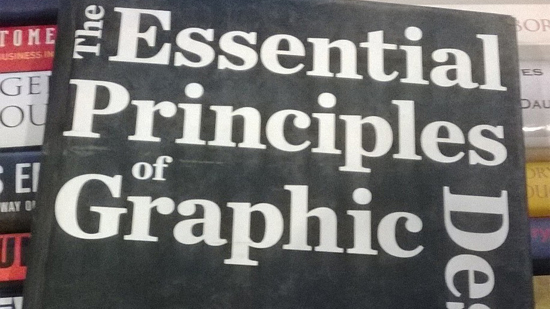
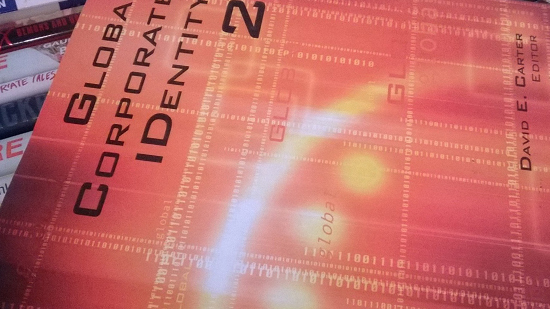
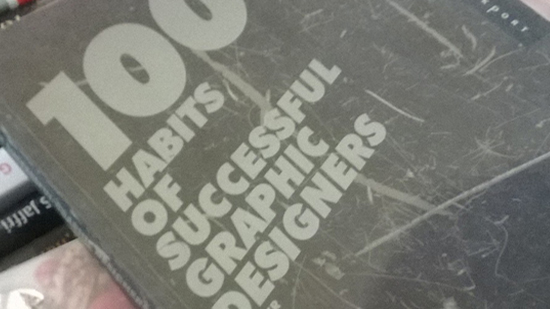
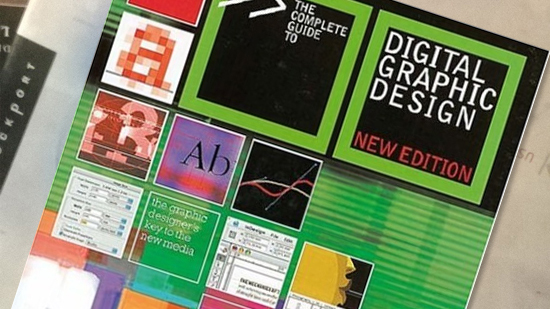
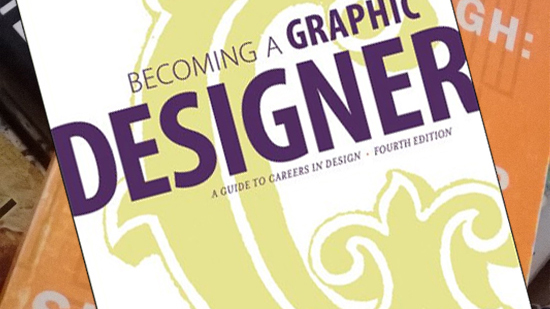
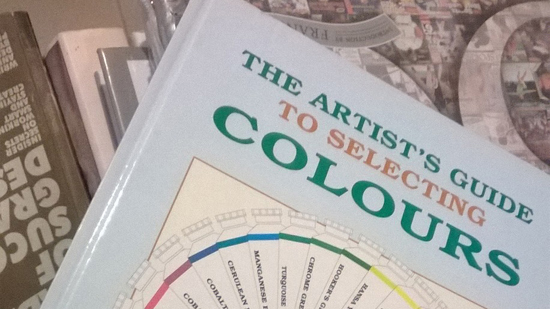
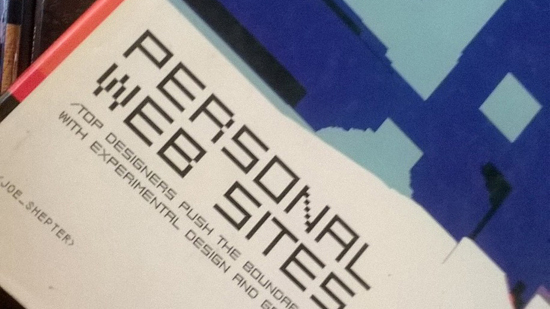
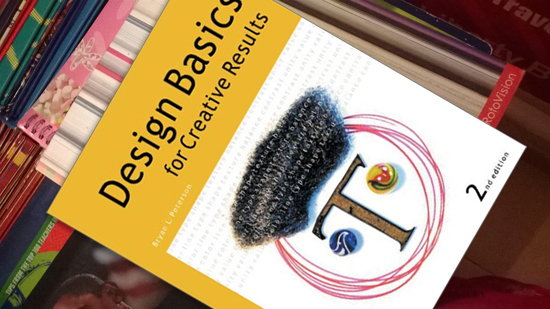
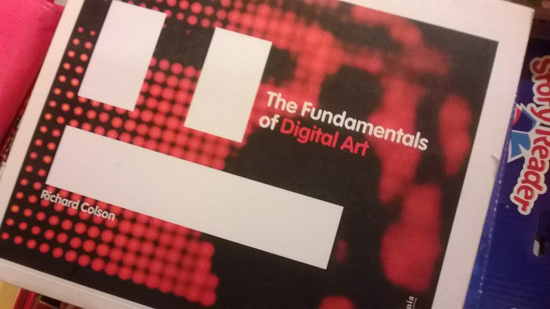
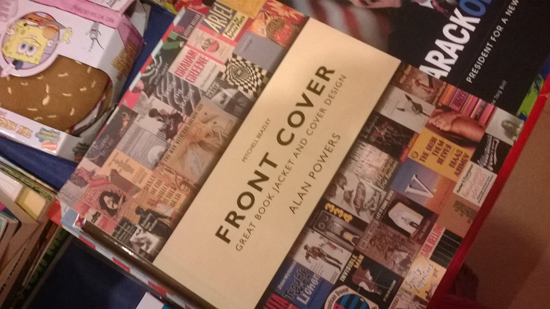
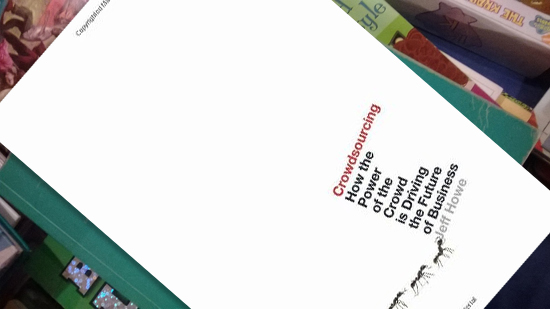
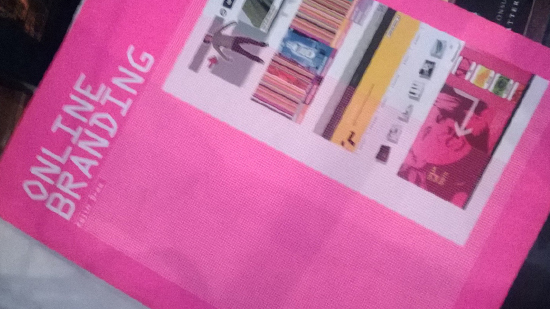
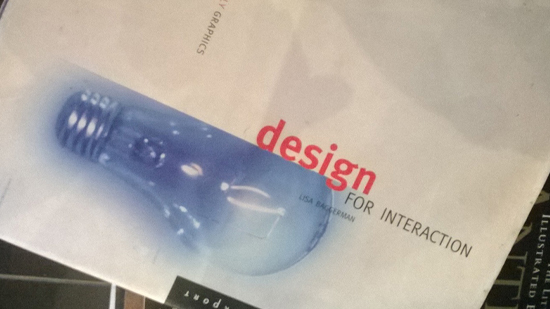
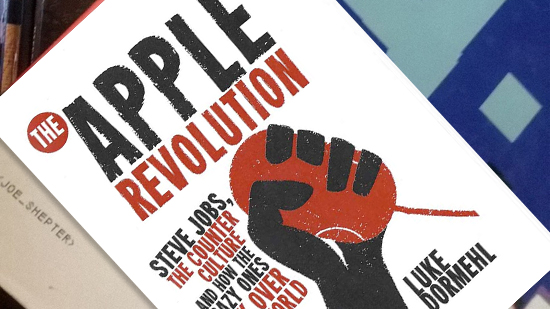
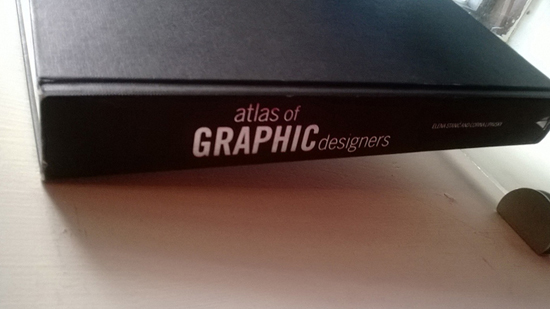
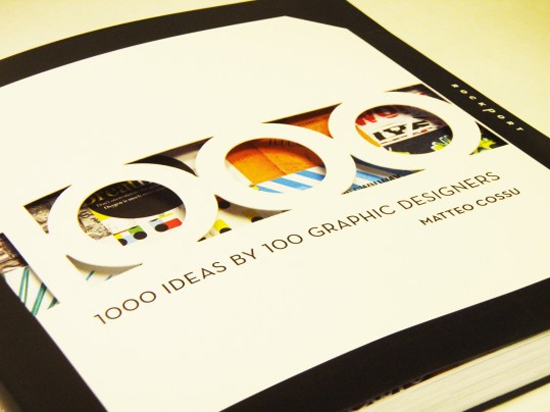
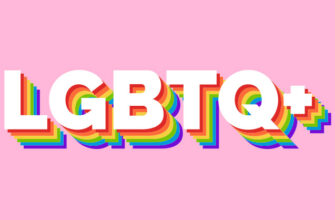


You’re missing the classics:
Robert Bringhurst’s Elements of Typogrpahic Style (my personal favorite)
Josef Muller-Brockman’s Grid Systems in Graphic Design
and of course, Emil Ruder’s Typographie